Mary Tillman Smith(1904 - 1995)
About the Artist/Site
Mary Tillman Smith was born in southern Mississippi in 1904. She was the third of thirteen children of sharecropper parents. Her childhood was typical of the times. The Smiths worked hard to supply their family with a subsistence living. Educational and economic opportunities for the children were limited. Compounding these challenges to survival and success, Mary was born with a severe hearing impairment. Her difficulty hearing and speaking served to isolate her from her siblings, peers and society. Even so, Mary managed to stay in school through the fifth grade and was proficient in reading and writing. Her intelligence, fortitude and spirit were obviously present at an early age.
As a teen, she married Gus Williams, a union that lasted just two months due to her new husband's infidelity and her uncompromising refusal to accept it. Now a young divorced woman, Mary worked and lived independently from her family. She soon met John Smith, a sharecropper, and they married. Together, they raised potatoes and peanuts. However, their lives together would also be disrupted by a controversy not of Mary's making, but again, of her principles. As a sharecropper, John Smith worked his farm and was given an end-of-year settlement by the landlord based on the farm's production. Mary Smith kept careful farm records and her calculations did not agree with the landlord's meager assessment. In the dispute that ensued, the landlord ordered John Smith to get rid of his wife if he wanted to continue working the farm. Smith agreed, sent Mary packing, and took on a new "wife" provided by the landlord. Mary left for nearby town of Hazelhurst, which would be her new home. These events in Mary Smith's life as a young woman, in a time and culture that almost required her to have a husband for economic and social survival, paint a picture of a woman who was fiercely independent and willing to risk all for her integrity. She would not bow down. Mary Smith settled in Hazlehurst and worked as a domestic. She raised a son, fathered by a man that she did not marry, but maintained a close relationship with. She was deeply religious and was actively engaged with her faith and church.
It was not until the mid-1970s, when she was approaching seventy years of age, that Mary T. Smith would emerge as an artist. In his wonderful book Souls Grown Deep, William Arnett provides a thoughtfully concise cultural framework for thinking about Smith's life and art. He writes, "From the late 1960s through the 1970s, after the assassination of Martin Luther King Jr., a remarkable cultural phenomenon unfolded in the southern United States yet went almost unnoticed. As if in unspoken response to a trumpet’s reveille, black people throughout the region came out from their houses, or factories, or in from the fields, and intensified their creation of artistic environments, or “yard shows,” so the outside world could see what had been previously expressed in secrecy inside and behind their residences. It had been there for centuries, this yard-show tradition, but almost no one outside the culture knew about it, this not-for-our-eyes cubism, fauvism, expressionism, surrealism, dada, abstract expressionism, pop, minimalism, graffiti, postmodern, neo-this, neo-that, neo-everything. Or proto-everything. Also in that decade Mary T. Smith decided to start expressing ideas that had been in her head since childhood. With a private space that was hers to create, to define, and to decorate, the show would spotlight her for the world surrounding her. It was a world of people who had at their worst laughed at her and been contemptuous of her, and at their best had simply tolerated her as someone who was different and insignificant."
Mary T. Smith's house and one acre yard sat on Hwy 51, the main street leading into Hazlehurst. Along her fence she began hanging paintings that she created on salvaged sheets of corrugated tin. Her gesturally expressive paintings were usually created in two or three bold colors, sometimes accompanied by a cryptic, seemingly misspelled text, though Smith could indeed write very well. She developed a personal painting vocabulary that included recurring figurative subjects and patterns of stripes, circles, dots and auras. Her paintings documented and celebrated her world, both religious and secular. She depicted Jesus and proclaimed her personal relationship and salvation. Written elements testify to "I Was A Rake[sp], The Lord Was For Me" and "The Lord My Hart." She documented and painted the living with her portraits of neighbors and animals populating the yard. Sometimes a painting of a person would be accompanied by a sly commentary, such as "One Face Is Allright, To Face Wont Do."
Most of all, Mary T. Smith's art proclaimed herself to the world. Her yard show was an installation that faced out to the public and was meant to be an expression of herself to the world. For me, this is exemplified by her self-portraits. One example is boldly painted in blue on a bright yellow background; this life-sized painting presents Mary with arms upraised. This proud, celebratory gesture is enhanced by her cutting the arms away from the metal sheet, thus creating a dimensional and animated quality. Central in the painting is her heart, which she openly offers. Although the painting does not have text, it is similar to other Smith portraits that proclaimed "Here I Am Dont You See Me."
Mary T. Smith continued to add onto her yard environment and develop her art for about fifteen years. During her lifetime she garnered renown for the individual and cultural strength of her creations. She readily received visitors to her home and worked energetically to fulfill their desires to own one of her works. Mary Tillman Smith died in 1995 at the age of ninety one. Her work is included in most major folk art collections and she is considered to be at the forefront of American folk artists.
I wish to acknowledge William Arnett's fine research and writing about Mary T. Smith, which is collected in his excellent two-volume book Souls Grown Deep. His work chronicles the extraordinary phenomenon of southern folk art in America.
~Jay Wehnert
Map & Site Information
, 39083
us
Latitude/Longitude: 31.860438 / -90.395925
Nearby Environments




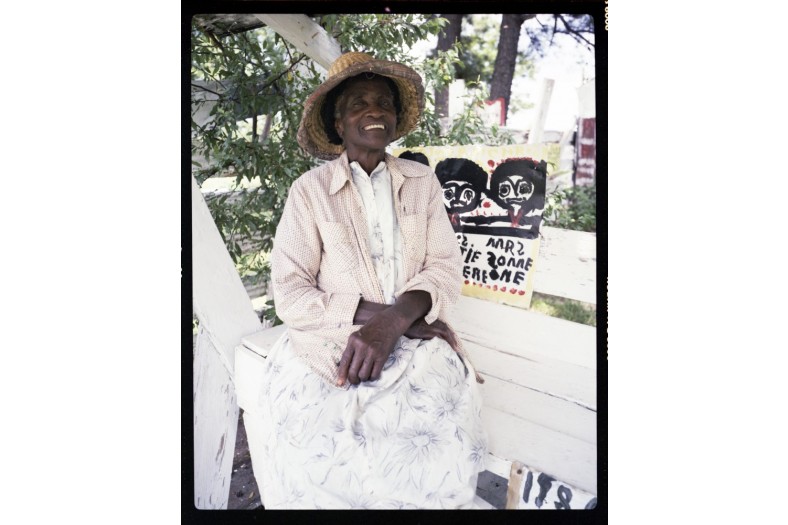
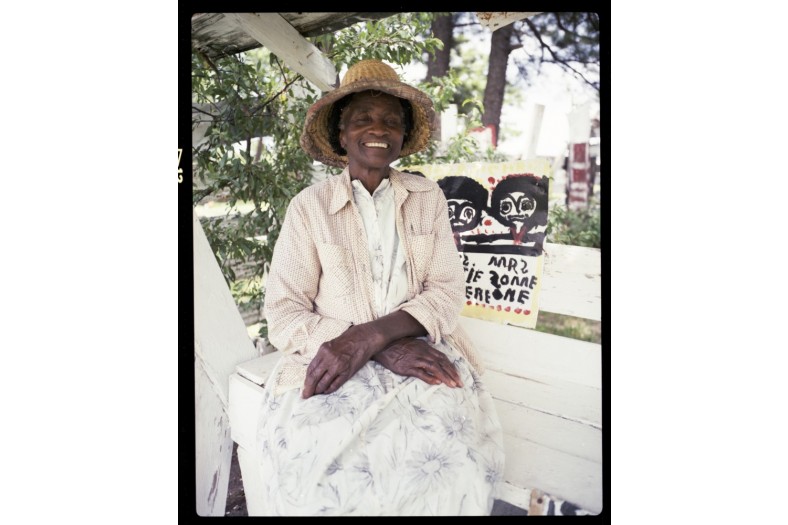
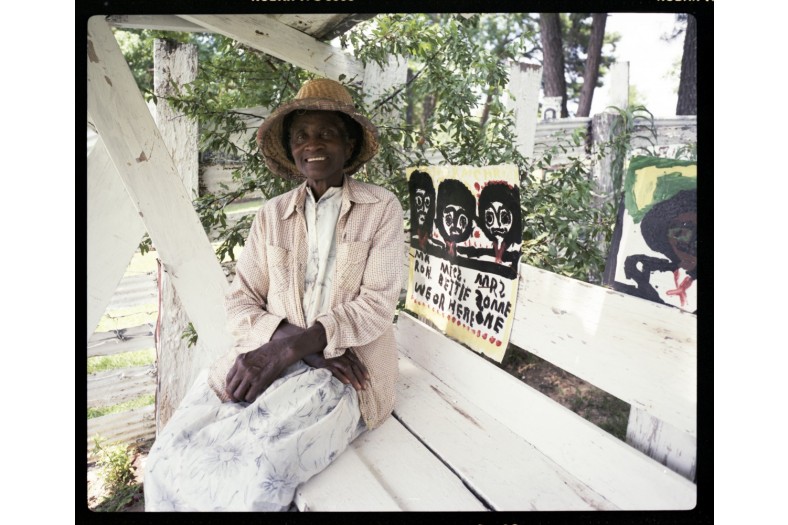
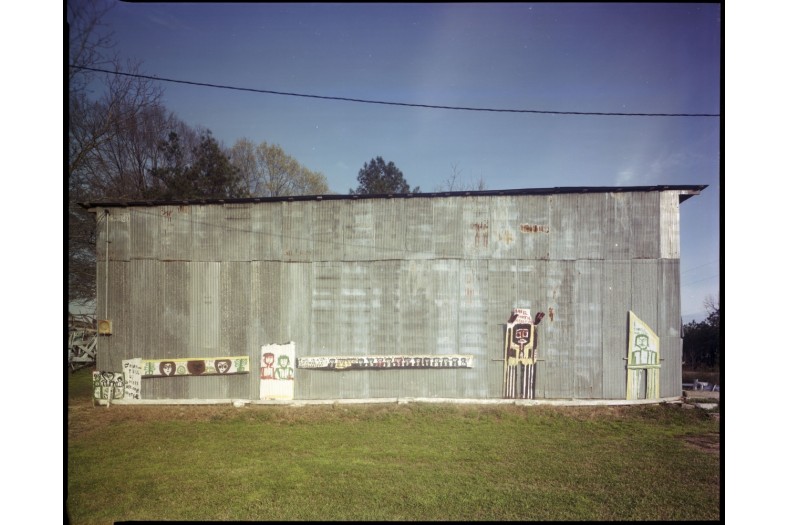

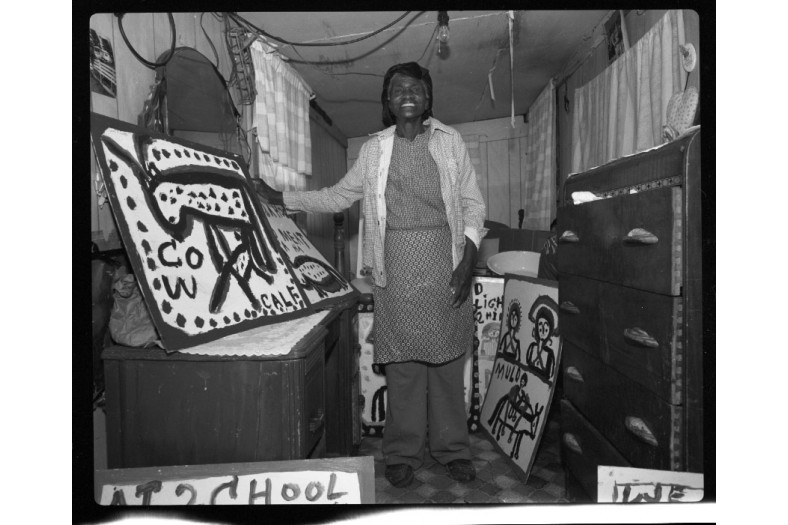
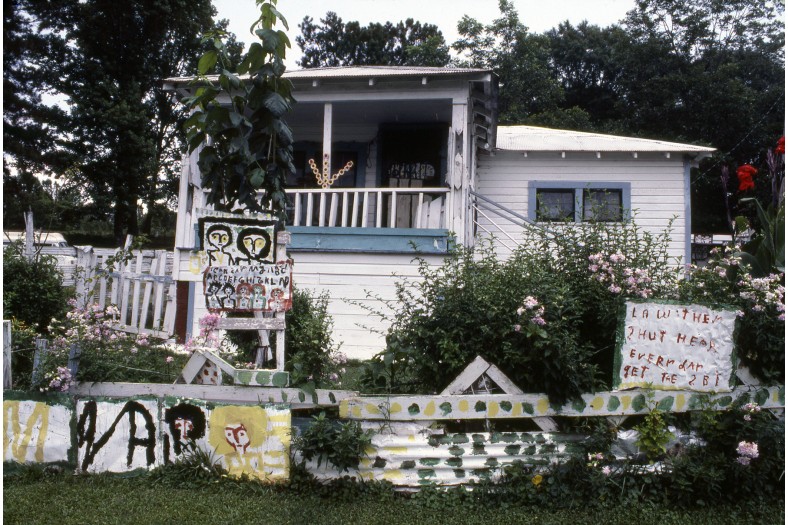
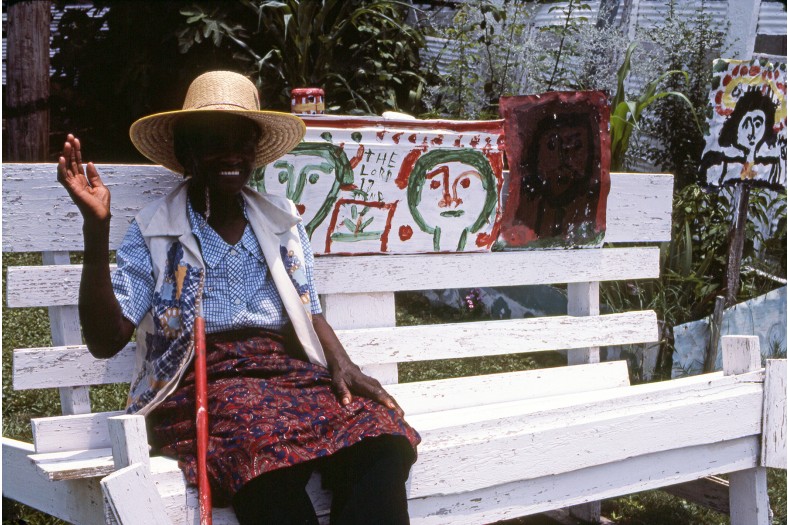

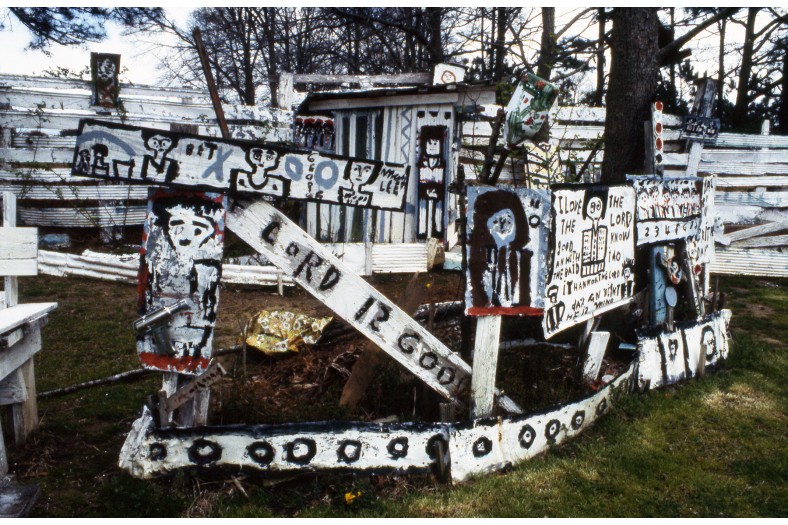
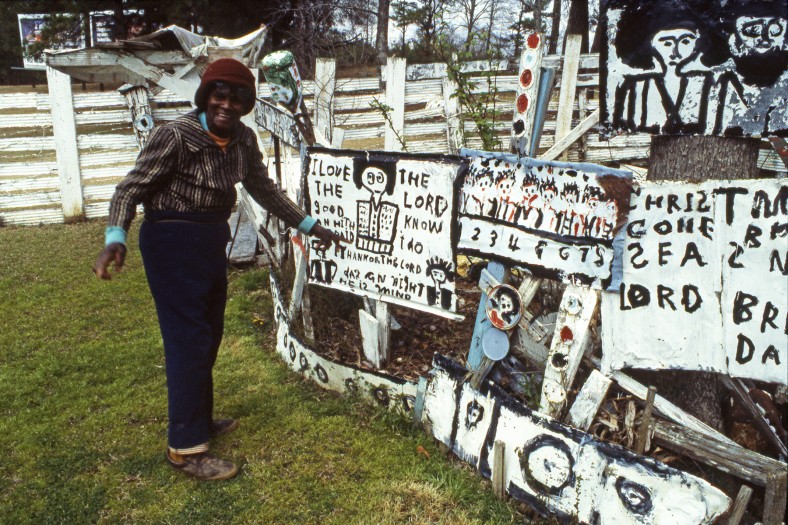

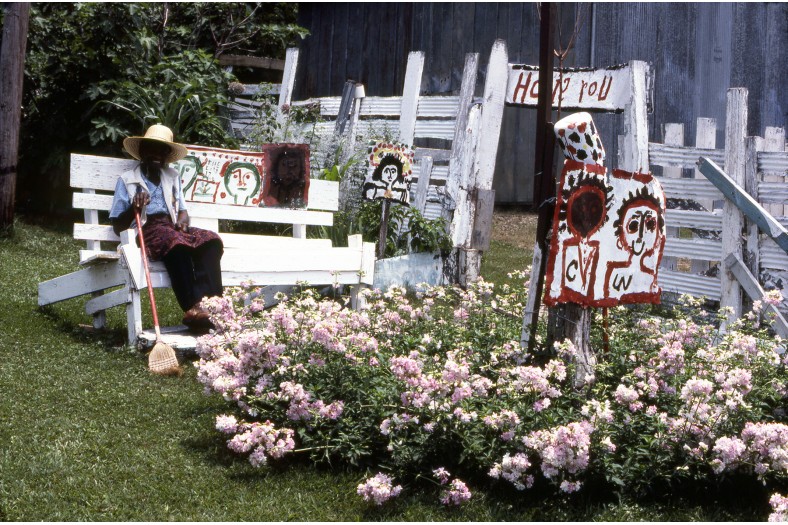

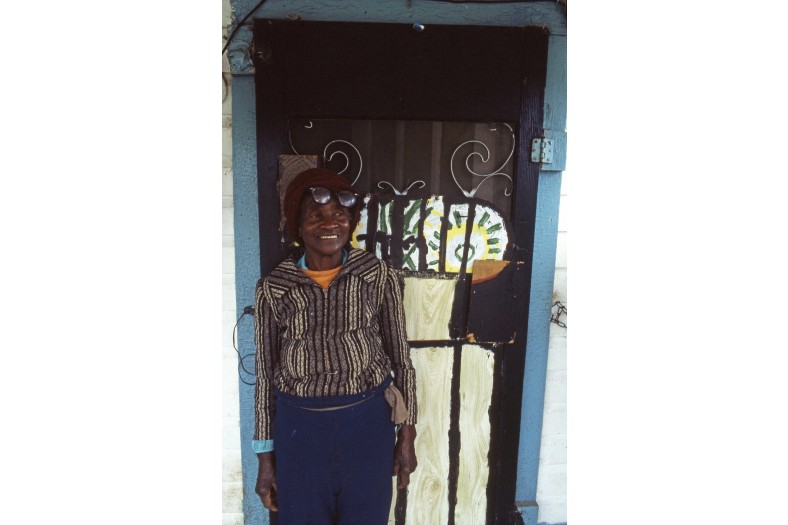
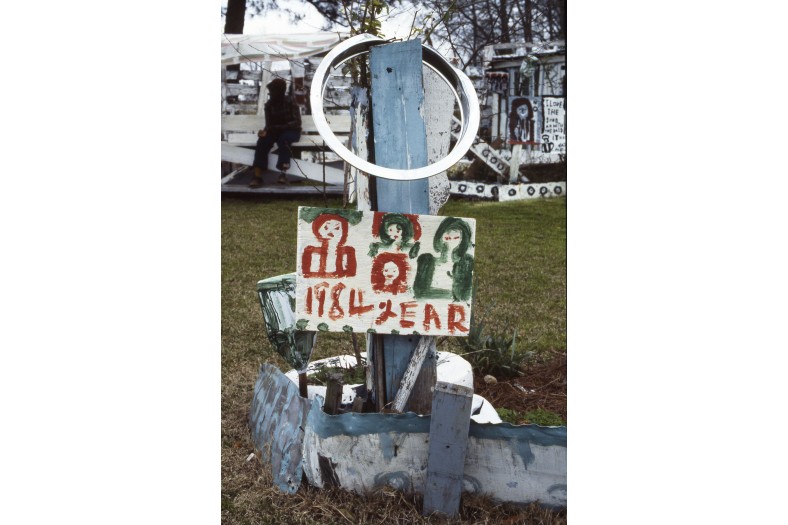
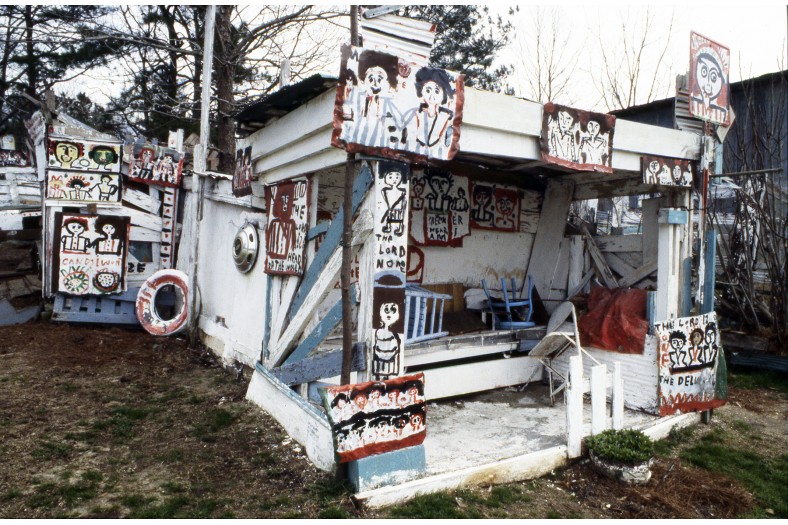





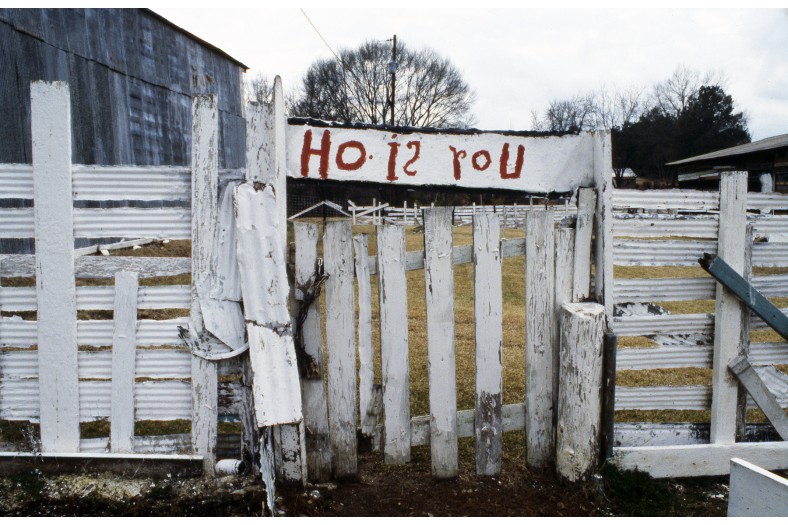
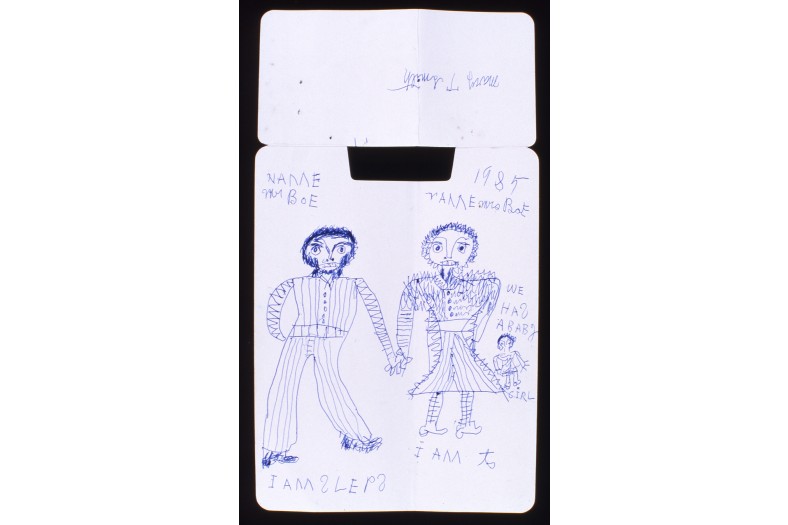
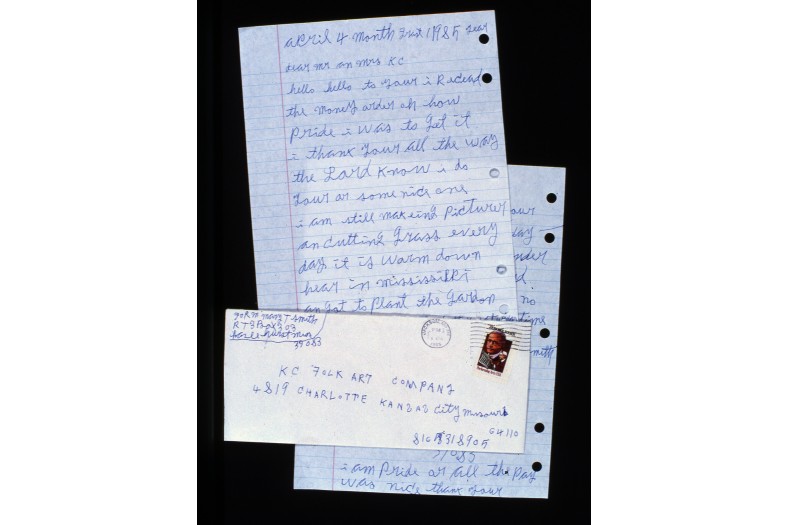
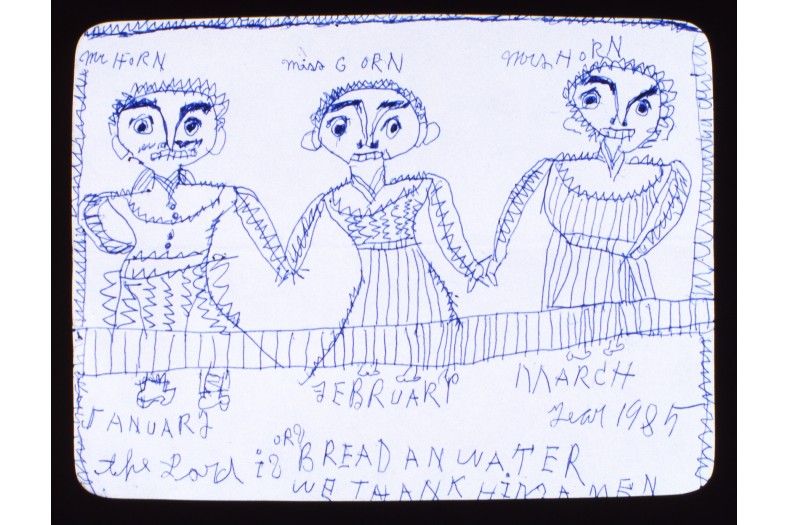
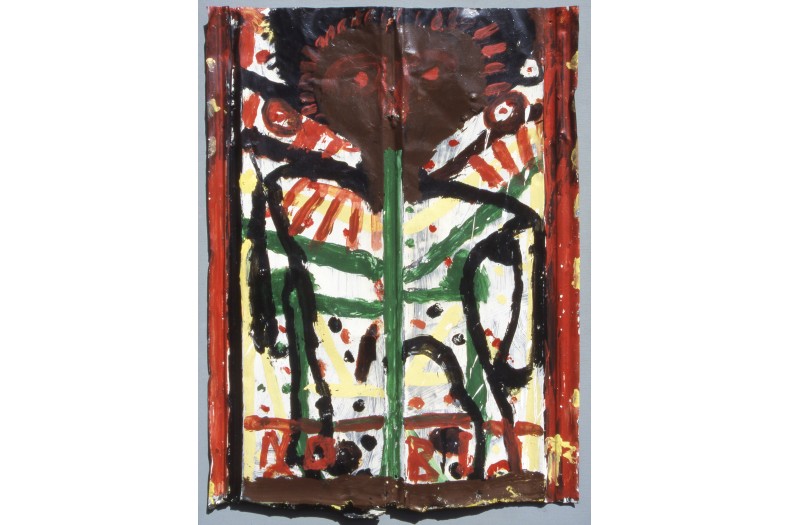
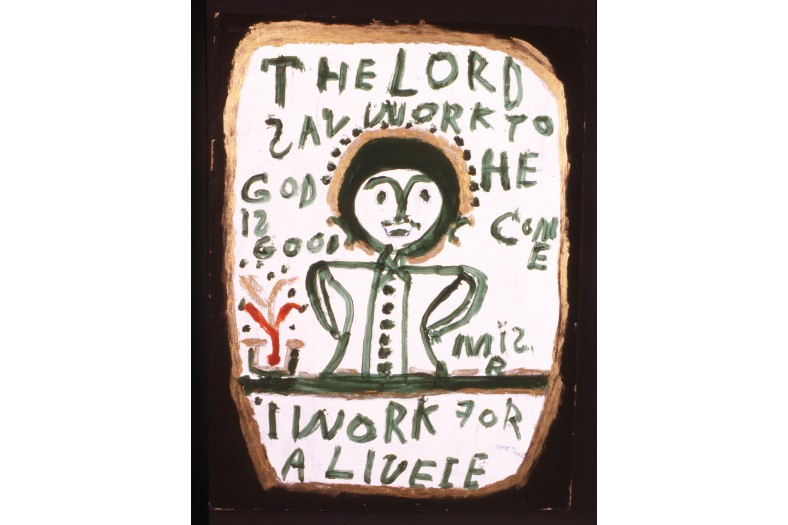
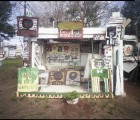

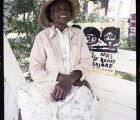
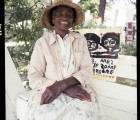
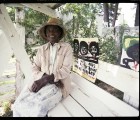

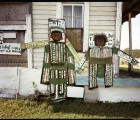
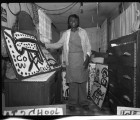




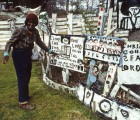
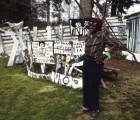



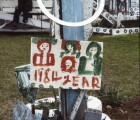




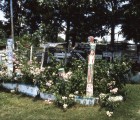


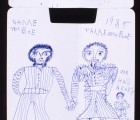

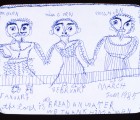

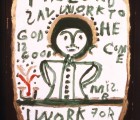

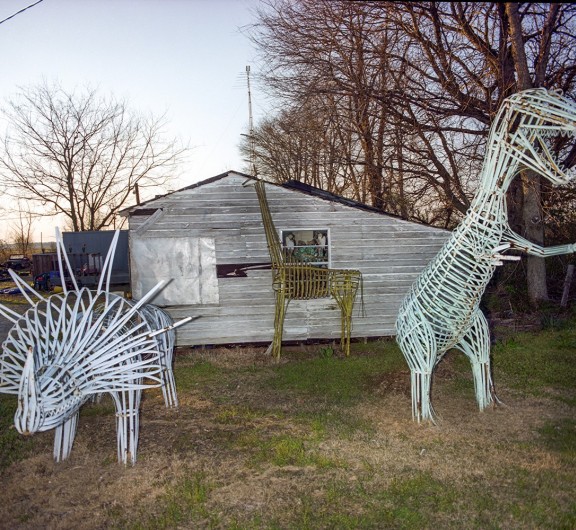
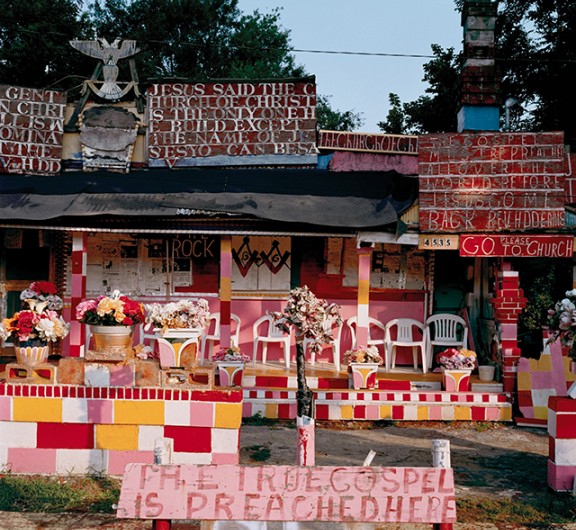



Post your comment
Comments
No one has commented on this page yet.